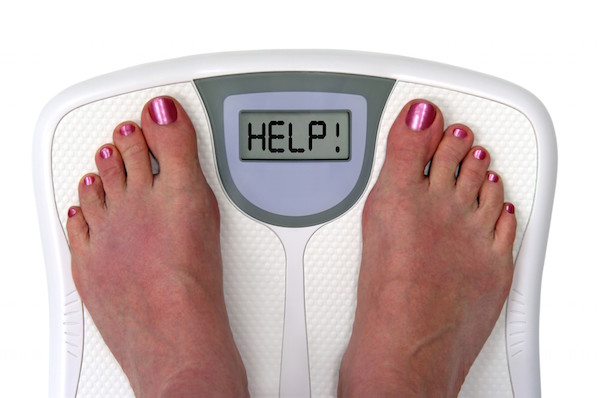
WEDNESDAY, June 6 (HealthDay News) — Exercise appears less likely to prevent obesity among black teenage girls than their white peers, a new study shows.
British researchers who gauged the effect of exercise on more than 1,100 girls, aged 12 to 14, surmised that black teen girls may be less sensitive than white teen girls to the effects of physical activity to prevent obesity.
“Higher levels of physical activity were associated with lower risk of obesity among white girls but not among black girls,” wrote study authors James White and Russell Jago.
This is of concern because obesity rates are increasing at a greater rate among black teen girls than other U.S. youths, putting them at greater risk for heart disease, according to background information in the study. Black American girls were 80 percent more likely than white girls to be overweight in 2007-2010, the U.S. Department of Health and Human Services’ Office of Minority Health reported. And about four out of five black American women are overweight or obese.
“At present, we don’t know whether these differences can be attributed to genetics,” said White, a researcher at Cardiff University in Wales. While other studies have found black girls consume more calories than white girls, he said this study took those differences into account, suggesting there may be other reasons. “These may be genetic, but we don’t really know,” he said.
However, at least one expert believes the study results may reflect lifestyle differences, which can be addressed, not just genetics.
White and Jago, of the University of Bristol in England, evaluated data on girls who participated in the long-running National Heart, Lung, and Blood Institute Growth and Health Study.
The researchers were looking at factors associated with obesity and the development of heart disease risk factors.
For this study, published in the June issue of the Archives of Pediatric and Adolescent Medicine, the research team focused on 538 black girls and 610 white girls for whom they had data on physical activity, obesity and other measures.
The girls’ overall level of physical activity was measured for three days with a device that could detect frequency of movement and speed. Their TV viewing hours, height, weight, body-mass index (BMI), percent of body fat and daily calorie intake were also recorded. BMI, a calculation based on height and weight, is a reference used to determine obesity.
At age 12, the activity levels were higher in white girls than in black girls. The black girls had a higher BMI and body fat percentage, and ate more calories daily. They also watched more TV: The median — meaning half watched more, half watched less — was 44.3 hours a week for black girls vs. 24.5 for white girls.
Median daily caloric intake was slightly higher for black girls — 1,912 vs. 1,906 for white girls.
At 12 years of age, 14 percent of the black girls were obese, compared to 4.3 percent of the white girls. At 14 years, 15.6 percent of the black girls and 5.1 percent of the white girls were obese.
That no link was found between physical activity levels and obesity among black girls is consistent with other research showing that fat-burning rates in response to physical activity are lower in black girls during puberty and adulthood than in whites.
Lifestyle issues, rather than genetics, may partly explain the results, said Pete McCall, an exercise physiologist with the American Council on Exercise.
Noting that black girls watch much more TV than white girls, he said, “That would be one area to change.” They could shut off the TV and get exercise, “but the neighborhood may not be conducive,” he said.
Parent education and income might affect the results, too, McCall speculated. More than half the parents of white girls had a college degree, but fewer than one-quarter of the black girls’ parents did. The incomes of white girls’ parents were higher, too.
“College education and income levels [of the parents] can play a role in the amount of physical activity a person gets,” he added.
The authors noted that the black girls began menstruating earlier than the whites, which could also influence weight gain.
Encouraging black teen girls to exercise is still important, but different approaches may be needed to prevent obesity in black girls, the authors said.
“Our findings require replication before any real recommendations can be made,” White said. “They do, however, suggest that black girls should be particularly attentive in controlling their caloric intake.”
More information
To learn more about obesity and black Americans, visit the U.S. Office of Minority Health.

